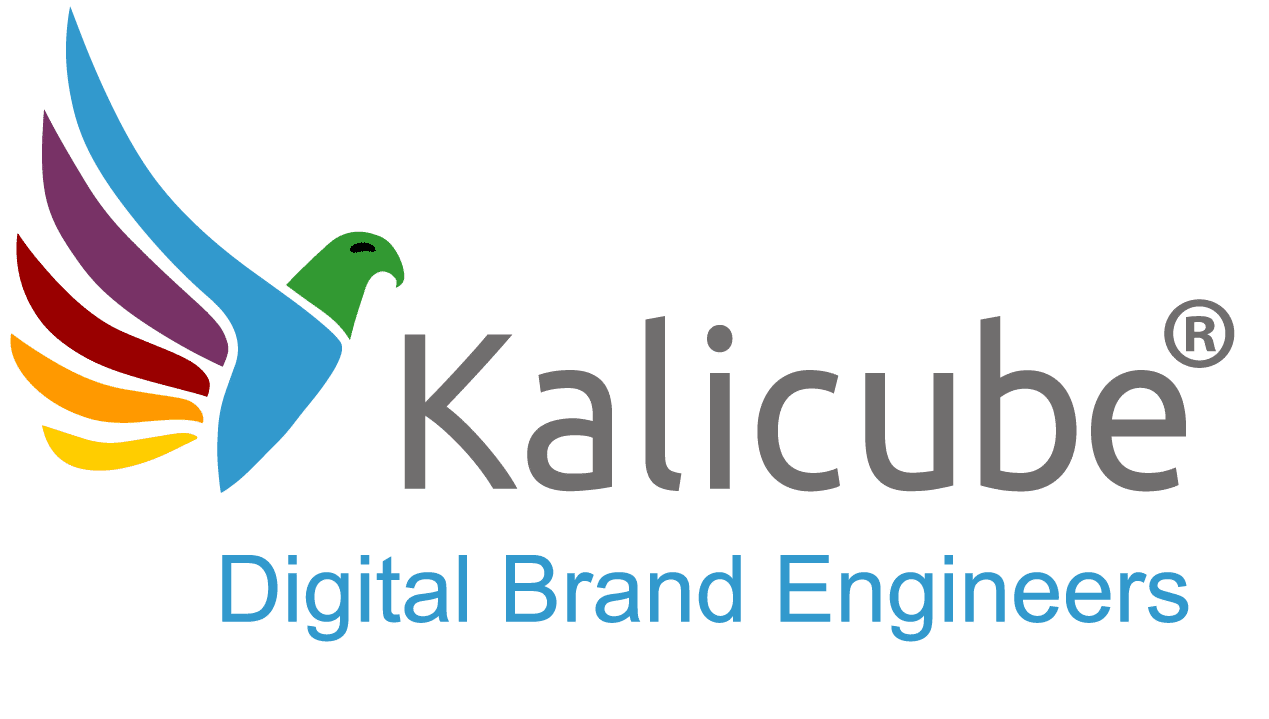Structured Data for SEO: What You Need to Know

In this article you‘ll learn about the different types of structured data that are helpful in SEO (Search Engine Optimisation), why you should be using each different type of structured data and you’ll get some examples of the most important HTML5 elements for SEO.
What is Structured Data in the Context of SEO?
Structured data are standardised formats for providing information about a web page to search engines in a format that they can easily understand. They help search engines better understand the content of a web page, how it is organised, and the role each piece of content plays. By using structured data correctly, you can help search engines crawl and index your website better and improve its ranking in search results.
Many people in the SEO industry immediately think of Schema.org Markup. And stop there. Structured data is more than “just” Schema Markup. A smart SEO will also use tables, heading lists, jumplinks…
Here is Google’s official article about structured data markup in Google Search >>
Schema.org Structured Data Using JSON-LD
Schema.org Markup is the most important, useful and flexible type of structured data related to SEO.

By adding structured data to your web page, you can help search engines understand things like the title of the page, the content of the page, information about entities mentioned on the page, the images on the page, and the relationships of the page to other pages. This can help search engines display your web page more prominently in search results and (more importantly) help Google and other search engines understand the content.
What Format of Schema.org You Should Use For SEO
Schema.org is a standardised set of schemas (i.e., definitions) for structured data that is supported by most major search engines. Schema Markup is the structured language most commonly used for SEO, and is usually added to a web page using JSON-LD (JavaScript Object Notation for Linked Data).
Schema.org, provided with JSON-LD, is generally considered the most supported method for providing structured data to search engines.
Tables and Lists in HTML5 for SEO
Tables are a common way to display tabular data in HTML. Tables are created with the element, and each table consists of rows (with the element) and cells (with the element). Tables can be used to display a variety of data types, including financial data, schedules, and more.
Using tables in HTML can be a useful way to display tabular data on your website, but it’s important to use them correctly. In an interview with me, Fabrice Canel of Bing Search suggested that well over 80% of the HTML tables BingBot finds are used for design. This is a misuse of the element and only confuses the search engines more. Use the HTML element only for displaying data in a table format.
If you are using tables to display data on your website, you should also consider using Schema.org Structured Data. Because Schema Markup is a standardised format for providing information about a webpage to search engines, it helps search engines better understand the content and context of your data more accurately.
By using both tables and structured data, you can present your data in a way that is both user-friendly and search engine-friendly.
Expressing Semantics Using HTML5 for SEO
HTML5 is the standard markup language for the web. It provides a number of features that can help improve the semantic structure of your web pages, which can in turn help search engines understand the content of the page more effectively.
Here are a few examples of how you can use HTML5 to improve the semantic structure of your web pages:
HTML5 Structure Tags:
HTML5 semantic elements are relatively new elements that were introduced in HTML5 to help define the different parts of a web page more accurately.
For example, the <header> element can be used to define the header of a page, the <footer> element can be used to define the footer of a page, and the <article> element can be used to define a self-contained piece of content on a page. Using these elements can help search engines understand the structure and content of your page more effectively.
Here is an example of the <header> element:

Here is an example of the <footer> element:

Here is an example of the <article> element:

The Title Element:
The <title> element is used to define the title of a web page. This title is displayed in the browser tab and is also used by search engines as the title of the page in search results. It’s important to choose a title that accurately reflects the content of the page and is concise and easy to read.

The Meta Elements:
<meta> element is used to provide additional information about a web page, such as a description or keywords. This information is not displayed on the page itself, but is used by search engines to understand different aspects about the content of the page.

Headings (subtitles):
Headings: The <h1> to <h6> elements are used to define headings on a web page. These headings are used to indicate the importance of different sections of content on the page. It’s important to use headings appropriately and to use the correct heading level (e.g., <h1> for the most important heading, <h2> for the next most important, and so on) to accurately reflect the structure of your content. For good semantic structure, each subheading should cover a subtopic of its hierarchical parent.

Headings are hugely important for passage based indexing where search engines like Google can extract a “chunk” from the content as the result in the SERP.
Ordered and Unordered Lists:
Lists: The <ol> (ordered list) and <ul> (unordered list) elements are used to create lists of items on a web page. The <li> element is used to define the items in these lists. Using lists can help organize and structure your content in a way that is easy for both users and search engines to understand.

Anchors / Jumplinks:
Anchors, also known as jumplinks or jump links, are hyperlinks within a webpage that allow the user to navigate to a specific section of the page by clicking on the link. They make it simpler for Google to extract a “chunk” from the content as the result in the SERP.
As shown in the image below, a jump link is a link to an anchor with a hashtag like this (in this case on the same page).

You can also link from one webpage directly to a specific part of a different webpage, so you could link directly to a part of a page like this…


Figures and Figcaption:
The <figure> element is used to indicate that the content it holds is a video or image. This helps Google to identify these elements more easily and encourages the algorithms to include them in results (including the Brand SERP).

The <figcaption> element is used to define a short description of the video or image. This helps Google understand what the image / video shows and how it might help your audience.
Pitfalls and Drawbacks
As with everything you do to positively influence Google’s algorithms, there are many geeky aspects, hundreds of things that can go wrong and thousands of things you’ll do sub-optimally.
Here are three common problems with structured data we regularly need to solve for clients at Kalicube (that you’ll want to avoid):
Semantic HTML5
Most CMS have some semantic HTML5 built in. For example, WordPress has very good Semantic HTML5 structure built in to the basic themes and Gutenberg blocks are designed specifically to organise the content in a structured manner.

However, most free and paid WordPress themes implement semantic HTML5 badly. They sacrifice structure for flexibility and exciting design features. That isn’t bad. But the control the flexibility gives the site owner and the eye-candy the flashy design elements offer come a a price: Google and other search engines will have a harder job to understanding the content the page contains.
Further, CMS such as WordPress, Wix or Duda don’t protect site owners from themselves! If a site owner can easily misuse the headings in a page: perhaps putting an H3 right after the H2 or having multiple H1 in a page, for example. Misuse of the <h1> to <h6> elements is a needle-moving problem that we solve every day at Kalicube.
Pro Tip: To check if your semantic HTML5 is correct, Kalicube Pro™ offers a hugely helpful free HTML5 inspector.

When you add a GET variable URL, then it will display the HTML5 of the page you define like this:
Tables in HTML
Less than 20% of HTML5 tables are used correctly. Most are used for design rather than data. That is just confusing for the bots and algorithms and hinders understanding, rather than helping.
Schema.org Markup
It is tempting to think that there must be a “one-click-set-it-and-forget-it”. Tools such as Yoast, or RankMath promise this. They are both very good, and will work at the click of a few buttons for most basic implementations. But, because every site is different, every company distinct and every person unique they cannot possibly cover every case.
Specifics about the information the webpage communicates often need to be identified, clarified and implemented manually. Often by an expert.
Additionally, as you update your website, information changes and that needs updating in the Schema.org Markup. Once again in simple cases, the automated systems will do a decent (but basic) job. Keep a manual eye on this and check regularly using Google’s Schema checker or the official Schema.org schema checker.
There is also a tendency towards “Schema bloat” whereby a website owner installs multiple extensions that each add their own Schema.org Markup. That creates fragmented, conflicting, contradictory markup. Google has stated that, when that happens, the algorithms simply ignore it all and it the Schema Markup becomes useless.
Pro Tip: Use automated systems, but don’t rely on them! At Kalicube, because we focus on Educating Google about Cornerstone Entities, we focus on only a few Schema.org types (Corporation, Person, Book, Product) and their attributes. We work, test and implement these types every day, and we are still regularly learning new (advanced) techniques to help our clients!
How Does Structured Data Fit into Brand SERP Optimisation and Knowledge Panel Management?
Since structured data helps Google and other search engines better understand the content you are presenting to your audience, it is a hugely powerful means of communication.
The key to Brand SERP optimisation and Knowledge Panel management is clear, consistent communication. Structured data ensure the content is clear, which means you will be communicating effectively with Google.
HTML5, tables, jumplinks and the other methods I covered in this article are very helpful to Google and will all help clarify what you are communicating.
Structured Data for Knowledge Panels
For Knowledge Panels, Schema.org is the most powerful. At Kalicube, we even go so far as to suggest that it is “Google’s native language“. It “translates” the information you have in the page to a format that Google natively understands. That is huge.
Pro Tip: When we build Knowledge Panels for clients, we leverage Schema.org markup to support the information about the person or company the client has on their website. This supporting “translation” helps us to communicate with Google clearly and accurately: who the client is, what they offer and which audience they serve.
Learn more about getting a DIY Knowledge Panel here.
Structured Data for Your Brand SERP
Structured data is also incredibly helpful for optimising your Brand SERP. For example, using Schema.org Markup on your contact and about pages can help trigger Rich Sitelinks. Google has recommendations for using Schema.org Markup on the homepage for site names in the SERPs and even search boxes.
Using review markup can trigger review stars on your Brand SERP. Using headings correctly can allow Google to extract content from deep in the webpage, which allows it to more easily provide a specific hyper-focused description snippet for each blue link.
HTML tables encourage Google to show additional information such as pricing, book ISBN, financial figures alongside the normal results.
Figure and figcaption will encourage Google to include images and videos from your site in your Brand SERP. Our experience at Kalicube shows that this is generally not enough and that you also need to include Schema.org Markup (VideoObject and ImageObject).
Learn more about DIY Brand SERP optimisation here.






